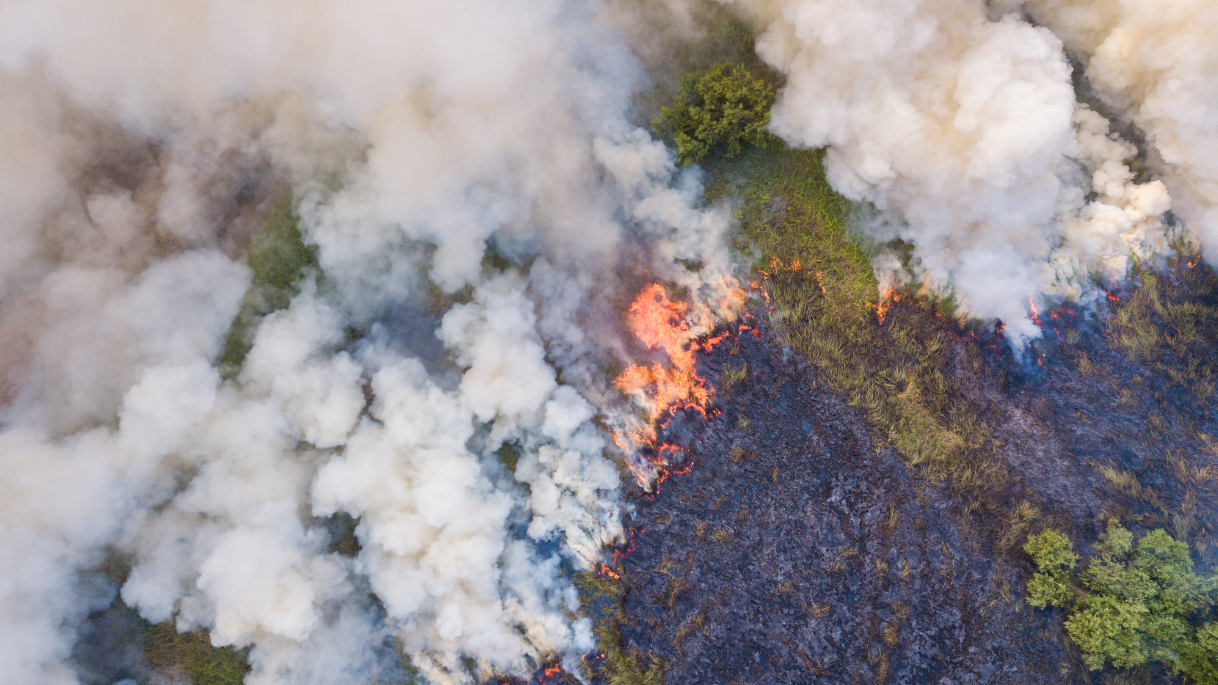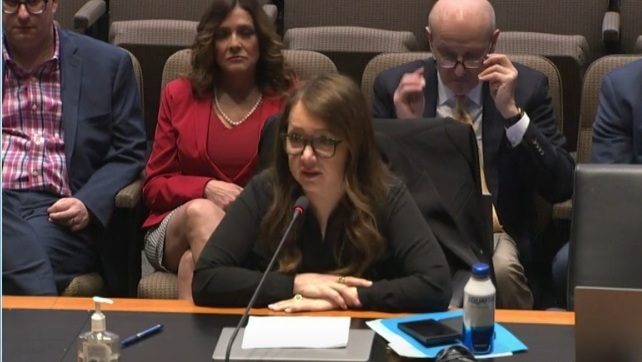
Warning over forest fires’ contribution to carbon emissions
Some forest fires are contributing more to emissions than burning fossils fuels, writes Stephanie Baxter.
The effects of climate change on rising temperatures that help cause forest fires are well-known, but some forest fires can contribute more to carbon emissions than burning fossil fuels.
Research in the past year has shown that there is a reverse causality effect where wildfires produce greenhouse gas emissions that affect climate change.
Mark Parrington, senior scientist of the Copernicus Atmosphere Monitoring Service, which forms part of the European Centre for Medium-Range Weather Forecasts, said: “Historically, a lot of forest fires have often been thought of as relatively carbon-neutral because, although they emit a lot of carbon, a lot gets re-absorbed by the biosphere during the next growing season. So, there's quite a long lag between when those fires release their carbon and how much of that CO2 is then reabsorbed by the biosphere.”
But deforestation and forest fires mean, for example, that the Amazon rainforest is now a net emitter of CO2 emissions, according to research supported by the National Geographic Society and published in Frontiers in Forests and Global Change.
The level of carbon emissions really depends on the seasonality of the fires, where they are occurring around the globe and what habitats and ecologies surround these areas.
Reduced CO2 absorption
The research explains that rising temperatures, drought, and deforestation are making it harder for the Amazon to absorb carbon dioxide and offset emissions from burning fossil fuels.
In 2020, California experienced one of its worst ever years, with five of its largest 10 wildfires occurring that year. They generated more than 91 million metric tons of CO2, according to the Global Fire Emissions Database, which is 30 million metric tons more emissions than California emits from power production each year.
The level of carbon emissions really depends on the seasonality of the fires, where they are occurring around the globe and what habitats and ecologies surround these areas, said Parrington.
The mainstream media tends to focus on fires in California or Australia and less so on fires in Siberia or in parts of South America.
“Often those fires are worse in the sense that they directly cause imminent risk of life to population centres, as well as the air quality impacts,” said Parrington. “The Australia case is interesting because in some states there's always fire, there are very defined seasons, and the ecology depends on those fires in a lot of cases.”
But the fires in New South Wales and Victoria in late 2019/early 2020 were particularly serious because some of those were in rainforests that had not experienced fire in thousands of years, according to Parrington.
He said: “That’s where it starts to become a concern because those habitats aren’t set up to deal with fire, and that releases carbon that might have been blocked up a bit longer in the atmosphere. That then starts to become more of a contribution to carbon in the atmosphere.”
The level of emissions released largely depends on the fuel that is burning.
“They all burn in different ways and release different proportions of the carbon and pollutants, so that really affects what we see,” said Parrington. “For example, in the Arctic, we’re starting to see fires occurring in northern peatlands, and non-permafrost areas, which becomes a concern because peat is a carbon store which has been locked in the ground for, say, thousands of years.”



